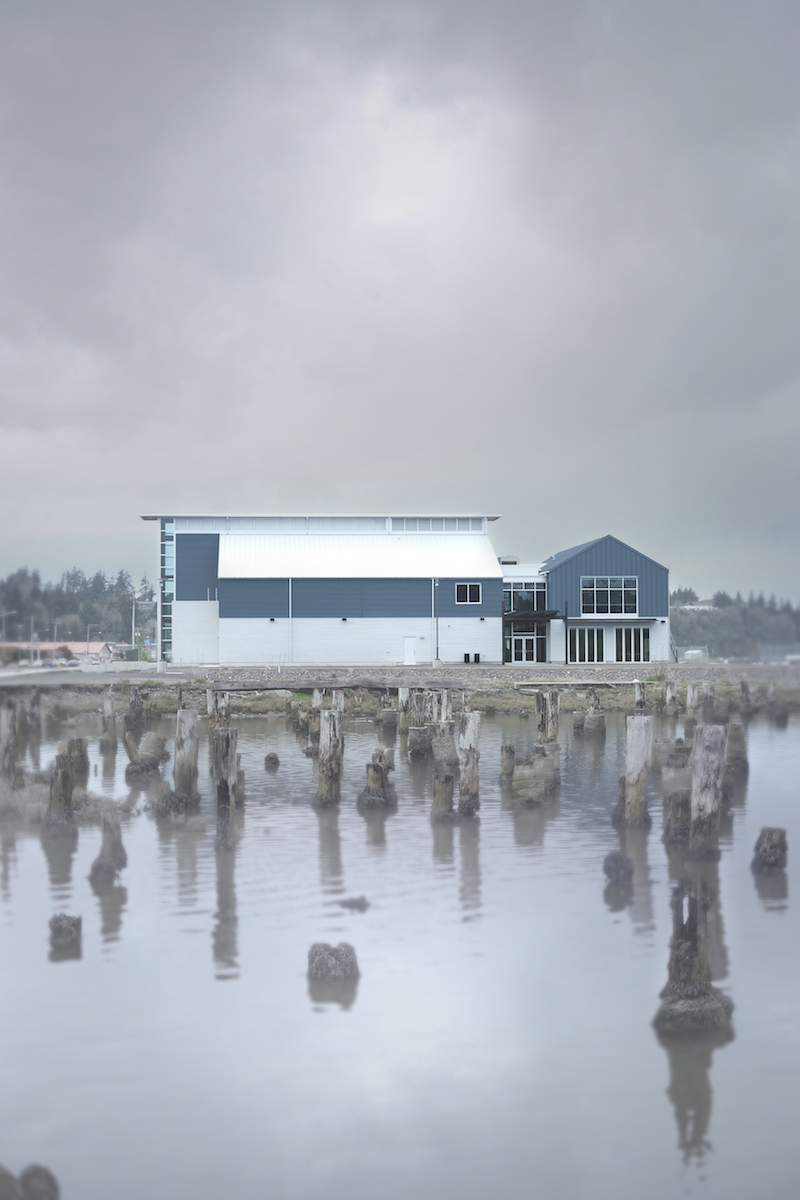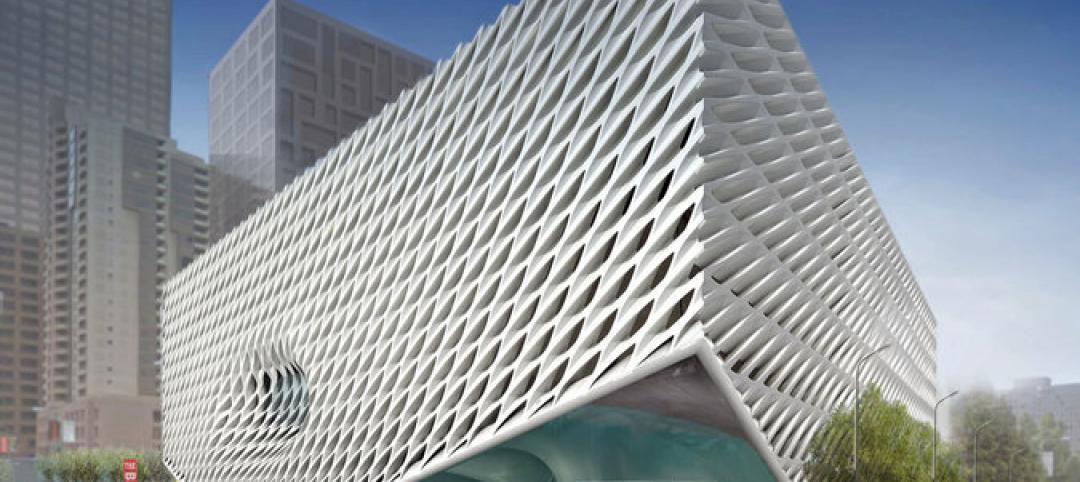With a collection of over 250,000 historic photographs and artifacts of agrarian and maritime culture of the Oregon Coast, the Coos History Museum and Maritime Collection had outgrown its previous home.
In 2000, a grant initiated a search for a new facility, but the grant stipulated the new museum be located on Highway 101 to provide a development catalyst for the historic wharf at Coos Bay. The museum’s new site is on the wharf at the gateway to Coos Bay with historic docks on the east, a cove to the south, and the historic roadway to the west. A future development will eventually rise to the north.
The goal for the design of the museum, which bridges the history of the region through stories of the Coos and Coquille Tribes, coal miners, loggers, farmers, and shipbuilders, was to create a building that paid tribute to the past while serving as a beacon for change along the waterfront.
 Photo courtesy of Signal Architecture & Research.
Photo courtesy of Signal Architecture & Research.
The resulting building has a simple barnlike form inspired by waterfront industrial facilities. A light well pierces the barn-shaped volume and provides a visual cue for circulation, stairs, and a central focal point from highway 101. A gift shop, multi-purpose space, and a large gallery are located on the ground floor. The second floor is dedicated to staff and volunteer offices, boardrooms, archives, and travelling gallery mezzanine. A stair tower serves as a repository for tall exhibits that require a 40-foot-tall exhibit space.
Miller Hull Partnership was the Architect of Record for the project and Signal Architecture & Research was the Project Design Lead.
Related Stories
| Jun 18, 2014
Arup uses 3D printing to fabricate one-of-a-kind structural steel components
The firm's research shows that 3D printing has the potential to reduce costs, cut waste, and slash the carbon footprint of the construction sector.
| Jun 16, 2014
6 U.S. cities at the forefront of innovation districts
A new Brookings Institution study records the emergence of “competitive places that are also cool spaces.”
| Jun 13, 2014
First look: BIG's spiraling museum for watchmaker Audemars Piguet
The glass-and-steel pavilion's spiral structure acts as a storytelling device for the company's history.
| Jun 12, 2014
Tod Williams Billie Tsien Architects' design selected for new UCSC facility
The planned site is a natural landscape among redwood trees with views over Monterey Bay, a site that the architects have called “one of the most beautiful they have ever worked on.”
| Jun 12, 2014
Austrian university develops 'inflatable' concrete dome method
Constructing a concrete dome is a costly process, but this may change soon. A team from the Vienna University of Technology has developed a method that allows concrete domes to form with the use of air and steel cables instead of expensive, timber supporting structures.
| Jun 11, 2014
David Adjaye’s housing project in Sugar Hill nears completion
A new development in New York's historic Sugar Hill district nears completion, designed to be an icon for the neighborhood's rich history.
| Jun 9, 2014
Green Building Initiative launches Green Globes for Sustainable Interiors program
The new program focuses exclusively on the sustainable design and construction of interior spaces in nonresidential buildings and can be pursued by both building owners and individual lessees of commercial spaces.
| Jun 9, 2014
Eli Broad museum files $19.8 million lawsuit over delays
The museum, meant to hold Eli and Edythe Borad's collection of contemporary art, is suing the German company Seele for what the museum describes as delays in the creation of building blocks for its façade.
| Jun 4, 2014
Want to design a Guggenheim? Foundation launches open competition for proposed Helsinki museum
This is the first time the Guggenheim Foundation has sought a design through an open competition. Anonymous submissions for stage one of the competition are due September 10, 2014.
| May 29, 2014
7 cost-effective ways to make U.S. infrastructure more resilient
Moving critical elements to higher ground and designing for longer lifespans are just some of the ways cities and governments can make infrastructure more resilient to natural disasters and climate change, writes Richard Cavallaro, President of Skanska USA Civil.














